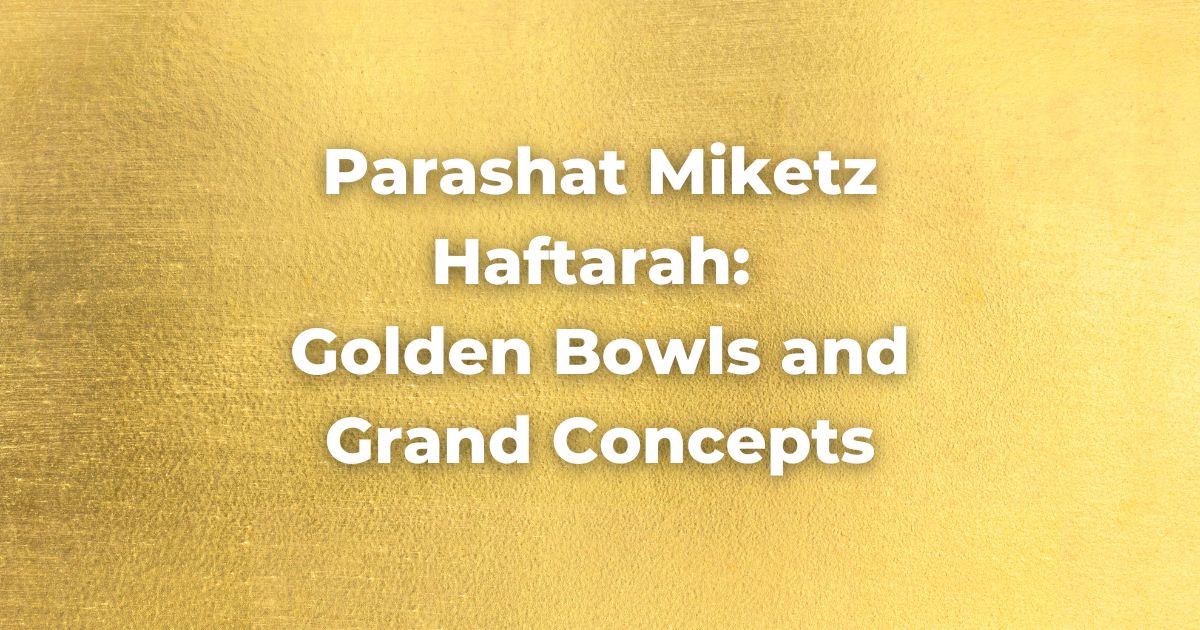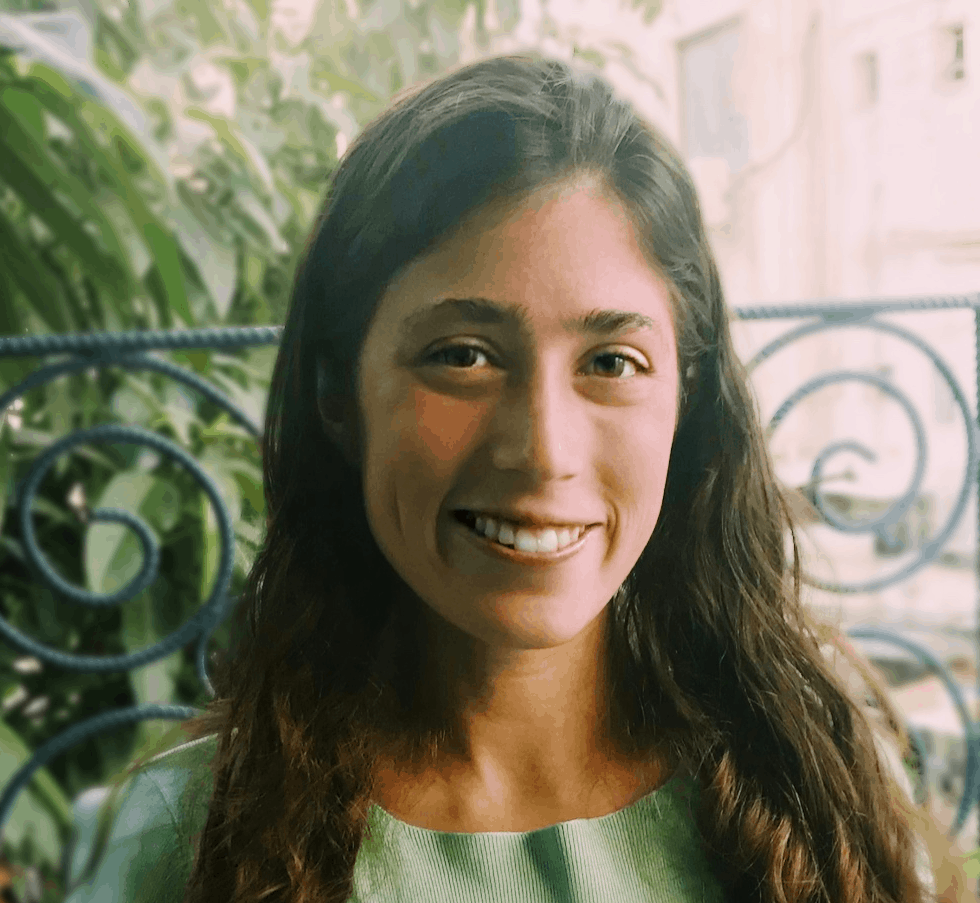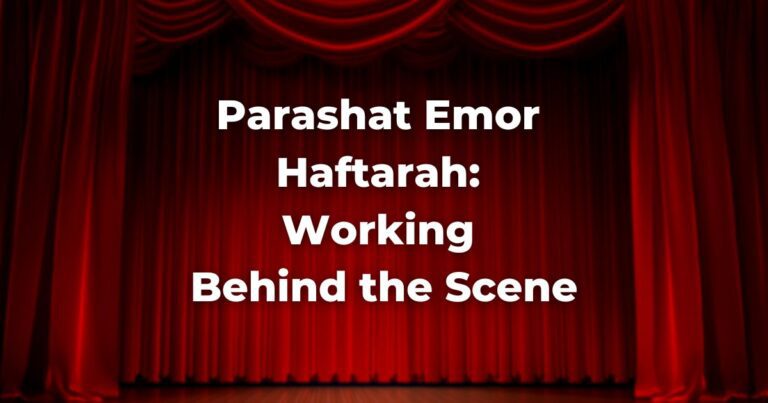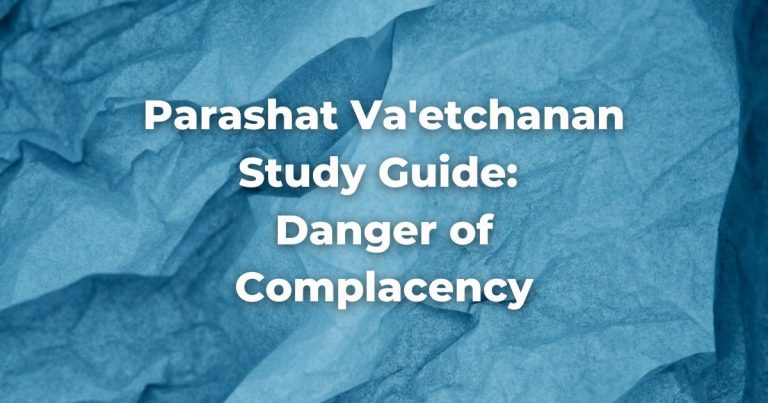The biggest, grandest concepts in Judaism often are found hidden under pages and pages of details. It is from the reading, the observance, the making sense of these details that we begin to construct the grander concept, that we realize we are in the presence of something bigger.
Nowhere is this truer than in the building of and observance around the Mishkan (Tabernacle) and then the Temple.
The instructions for building the Mishkan, repeated twice, are overwhelming.
From needing to procure dolphin skins to acacia poles to a precise number of goat-skin cloths, we are taught how to structure our society so that we can produce what is needed to construct and maintain such a site.
Moreover, we are constructing such a site and structuring our society in such a way toward a specific purpose, namely so that God can dwell among us.
Our haftarah begins with this idea of dwelling.
We read, “Shout out and rejoice, Daughter Zion, for behold I am coming to dwell among you (Zechariah 2:14).” The First Temple had been destroyed. We had been to exile and back again. And we are now building the Second Temple.
God confirms to us that God will once again return to God’s dwelling place, among us, in the Temple.
However, without much ado we find ourselves buried again in details. Zechariah is presented with a strange vision. If the details around the construction of the Mishkan were obscure, the details Zechariah receives here about a menorah are cryptic.
We read, as Robert Alter translates, “a lampstand all of gold and a bowl on its top, and its lamps were on it, seven pipes for the lamps on its top. And there were two olive trees by it, one to the right of the bowl and one to its left.”
For the past few millennia, no one has been able to sketch out this image definitively. How the pipes connect to the lamps and how many pieces we’re talking about is incredibly unclear. It seems to be describing the same menorah we are familiar with from the Temple.
But even Zechariah does not understand the image. He asks for clarification of what the image is and is told by an angel or messenger that the meaning is “not by might and not by power but by my spirit (Zechariah 4:6).”
The angel seems to have made several logical leaps to get from golden bowls to God’s spirit.
And very often, when we read this haftarah, we read only the angel’s words.
We skip to the grander concept, this seeming rejection of might and power, having given up on following the logic that connects the image of the menorah to the bigger concept.
And yet, as we read this haftarah on Hanukkah, on the holiday celebrating the rededication of the Temple, we can throw ourselves back into the details.
As we each light our hanukkiah this season, take time.
Consider the symbolism of the act and the details that went into the construction of the physical object and the ritual. And from that consideration, perhaps we can construct a stronger sense of what the bigger concept is.
See more: Parashat Miketz
Originally posted as part of the Conservative Yeshiva at the Fuchsberg Jerusalem Center’s Torah Sparks. Support TorahRefers to the first five books of the Hebrew Bible, the Tanakh, also called the Five Books of Moses, Pentateuch or the Hebrew equivalent, Humash. This is also called the Written Torah. The term may also refer to teachings that expound on Jewish tradition. Read more learning from the Fuchsberg Jerusalem Center/Conservative Yeshiva for leaders and seekers around the world here.
Authors
-

Bex Stern Rosenblatt is the Conservative Yeshiva’s Faculty-in-Residence for the Mid-Atlantic Region of the United States, teaching Tanach, using the techniques of close-reading, theater, feminist readings, and traditional commentators. Bex also directs the CY’s recruitment efforts in North America. After finishing her B.A. in History and German at Williams College, Bex received a Fulbright Grant to Austria. She later earned an M.A. in TanakhAn acronym for the name of the Hebrew Bible: Torah, Neviim, and Ketuvim. Read more from Bar Ilan University and has also studied at the Conservative Yeshiva and Bina Jerusalem. Bex is the founder of HavrutaA study partner. A hevruta is more than just a ‘study buddy’ it is a serious and personal relationship between colleagues. Also spelled: Havruta Read more Tel Aviv, an organization that facilitates guided pair-learning of the Tanakh.
View all posts -


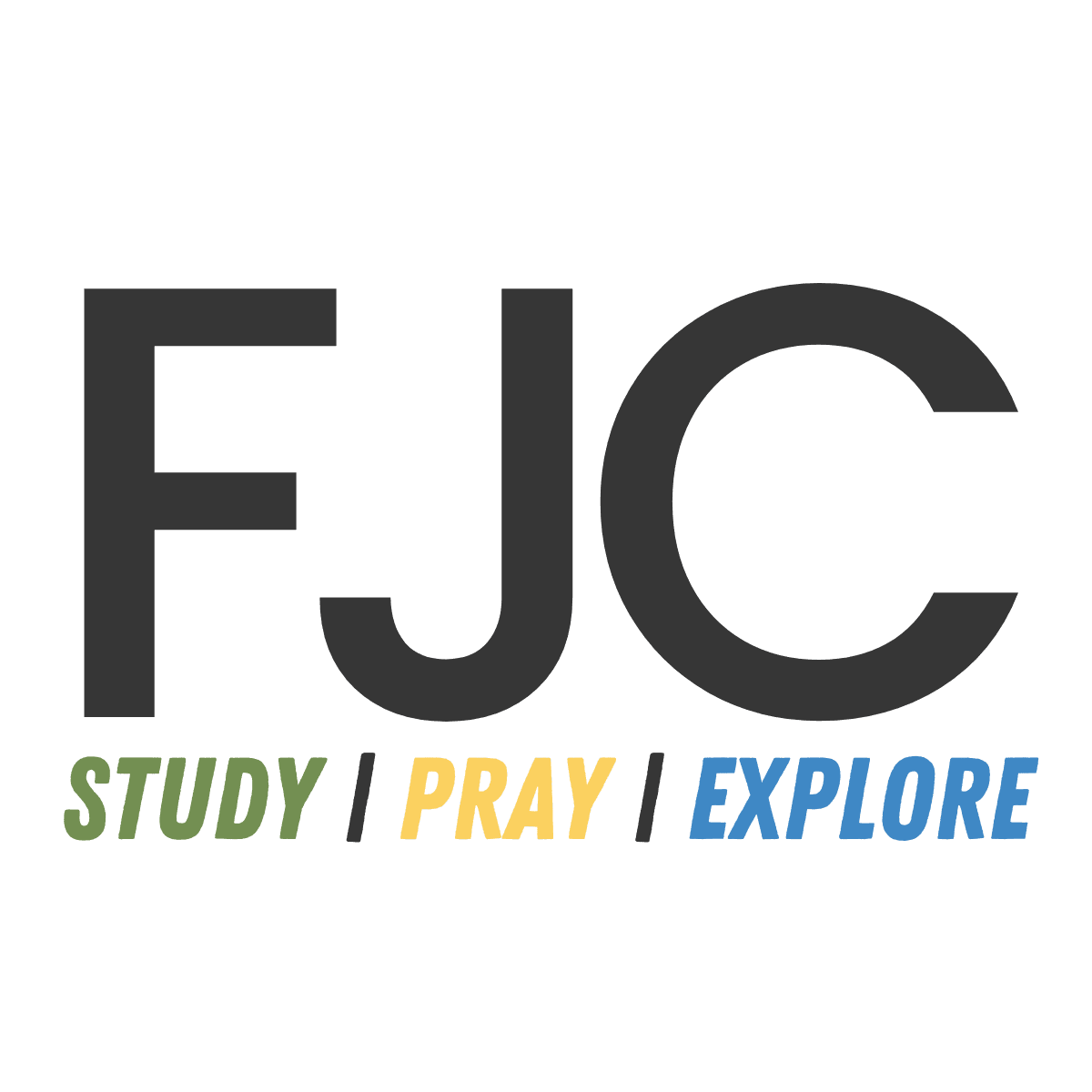
The Fuchsberg Jerusalem Center (FJC) is a home in the heart of Jerusalem where leaders and seekers can find an authentic place in Jewish tradition to call their own. FJC offers opportunities to study, pray and explore within an egalitarian and inclusive setting, creating multiple pathways for finding personal and communal meaning.
View all posts

